MSI GS63VR 7RG Stealth Pro Gaming Laptop Review: Trim, Value-Minded Max-Q
Why you can trust Tom's Hardware
Price Analysis & Conclusion

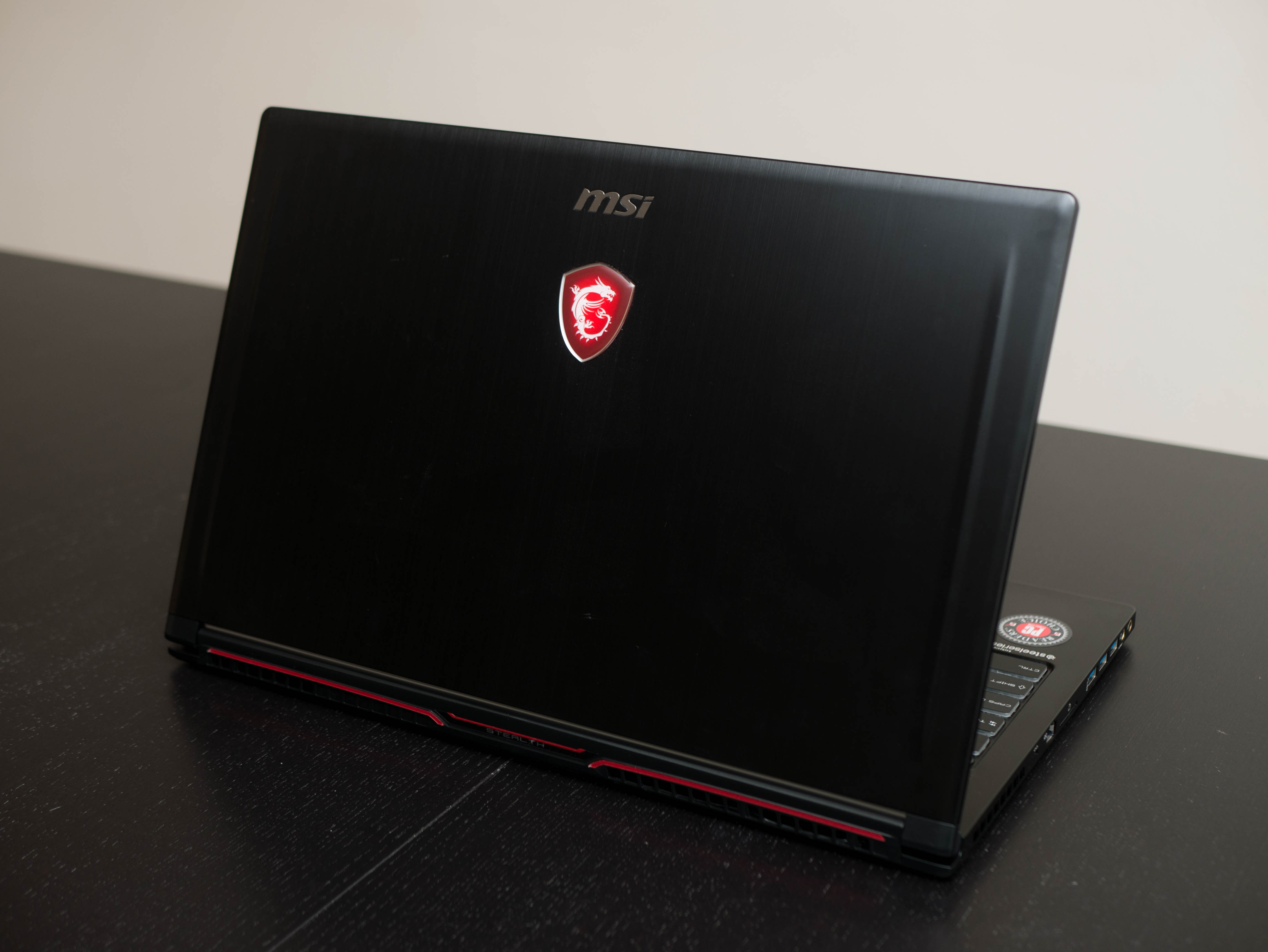
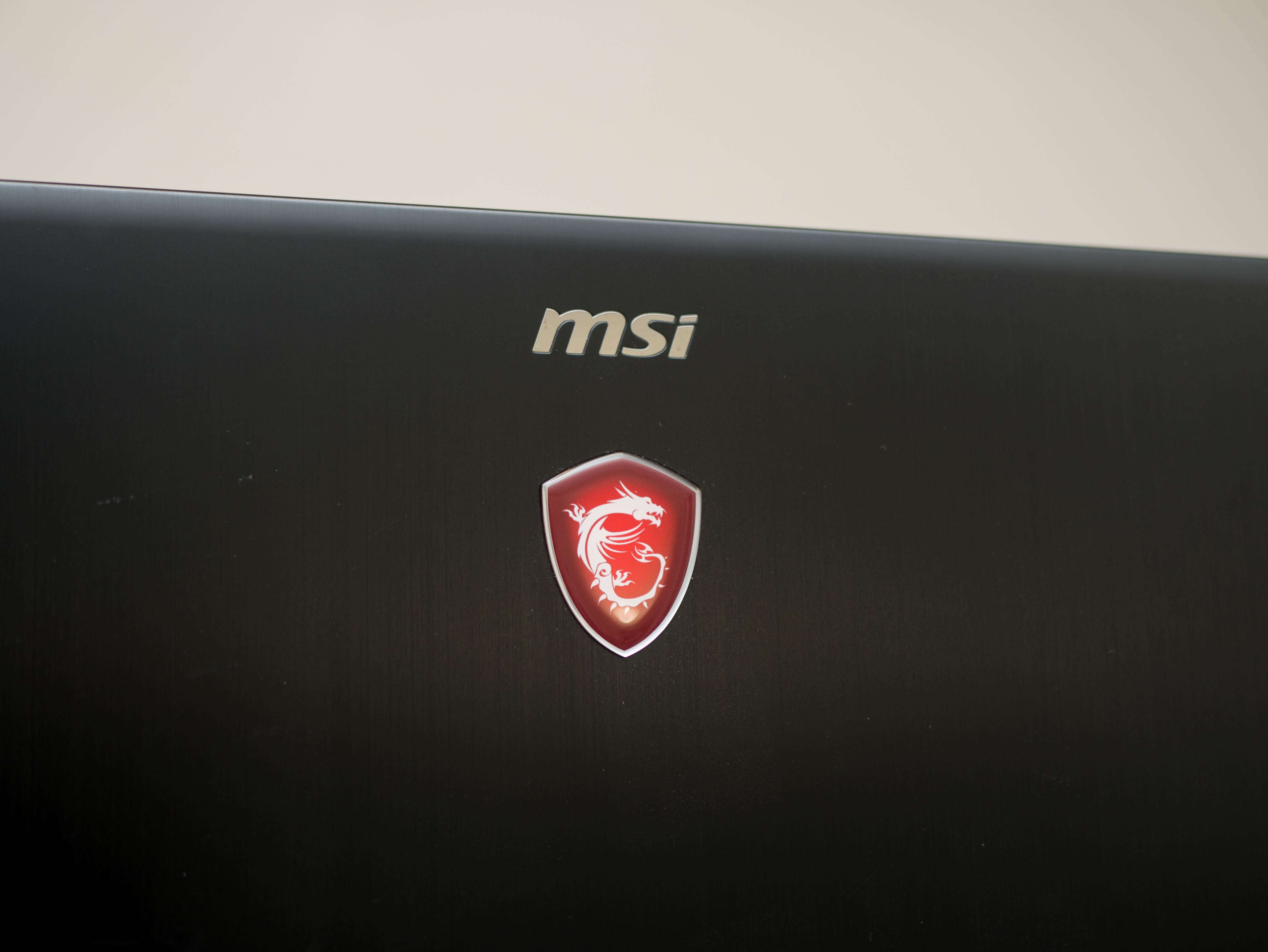
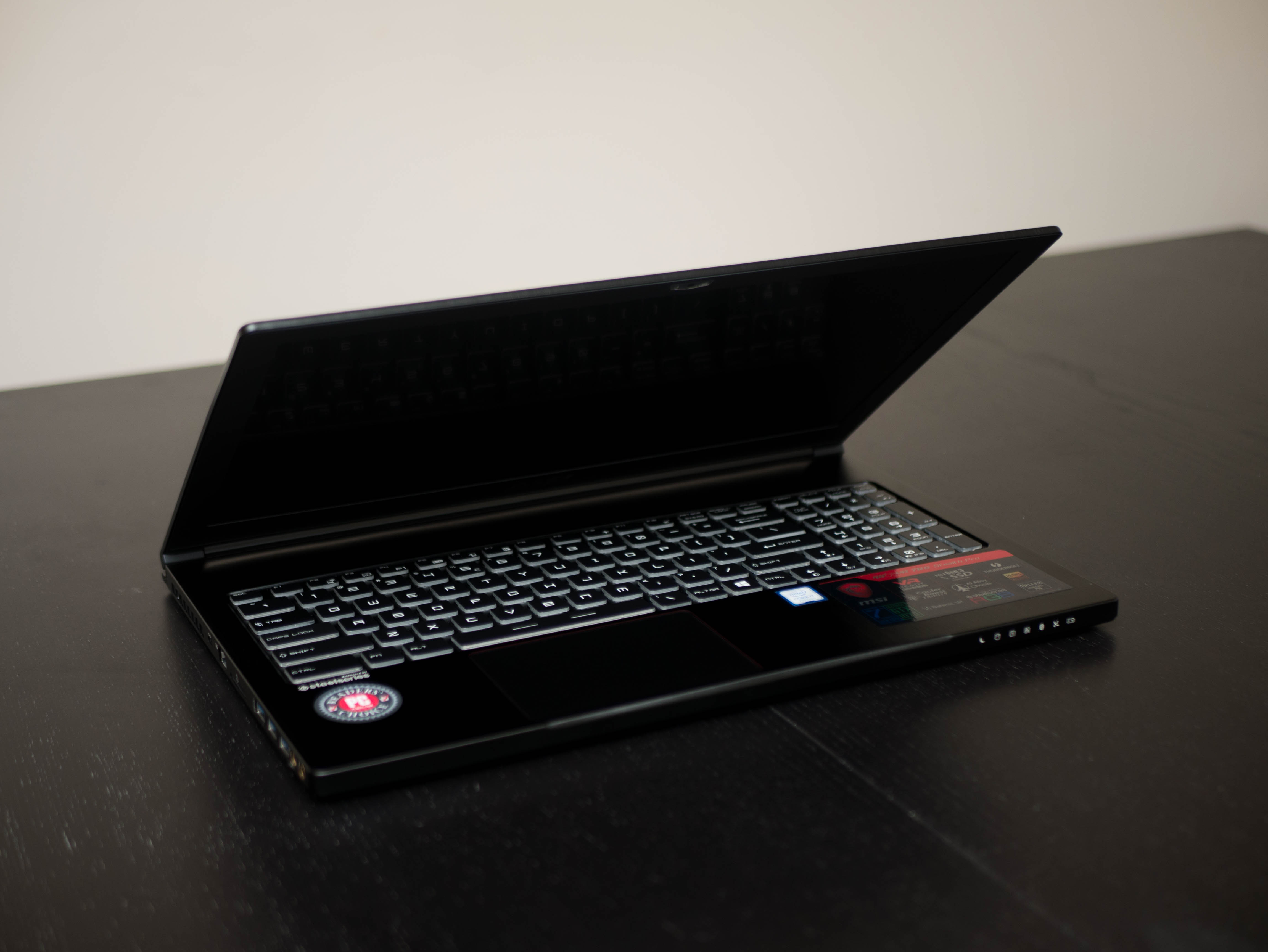

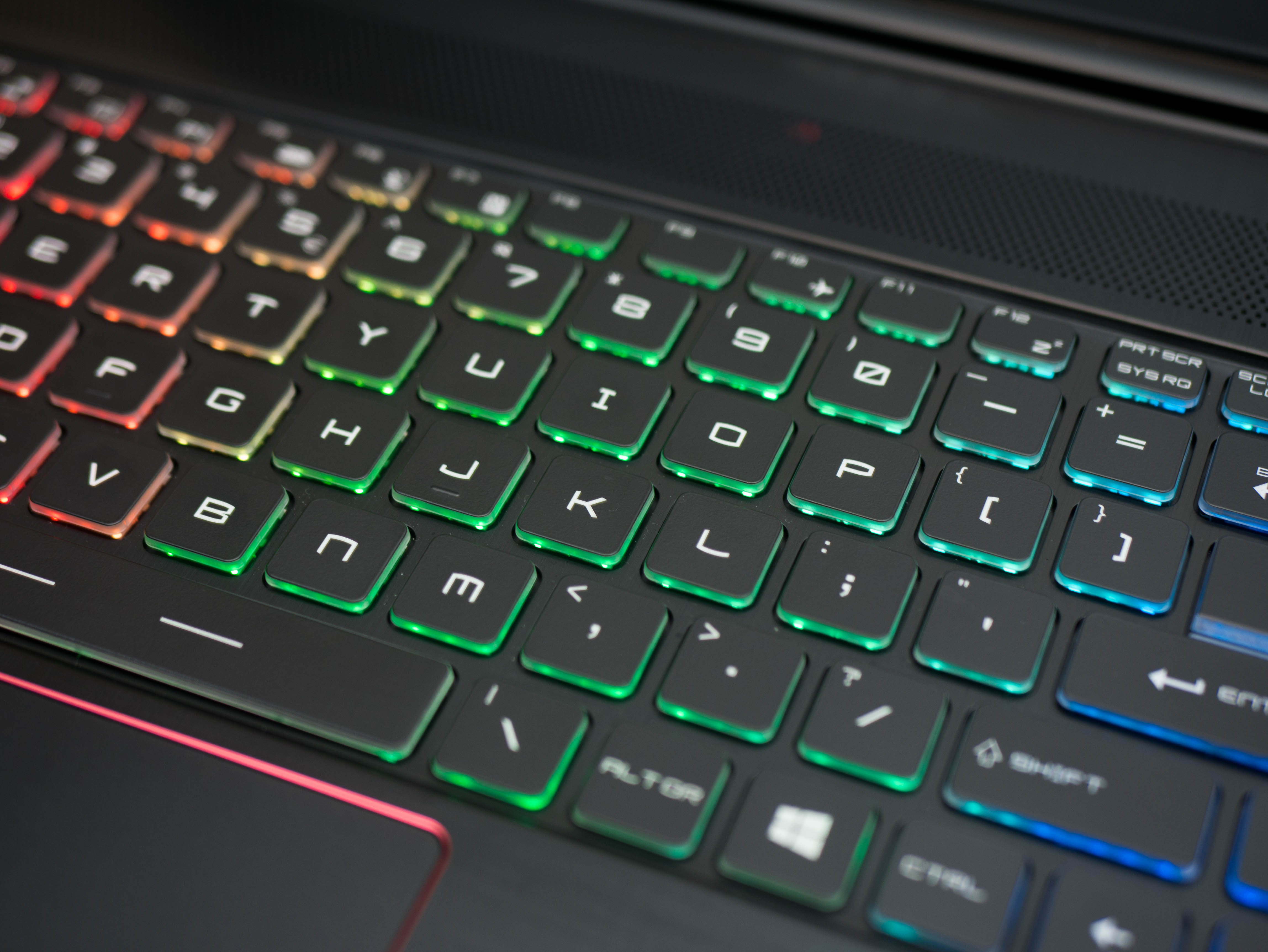
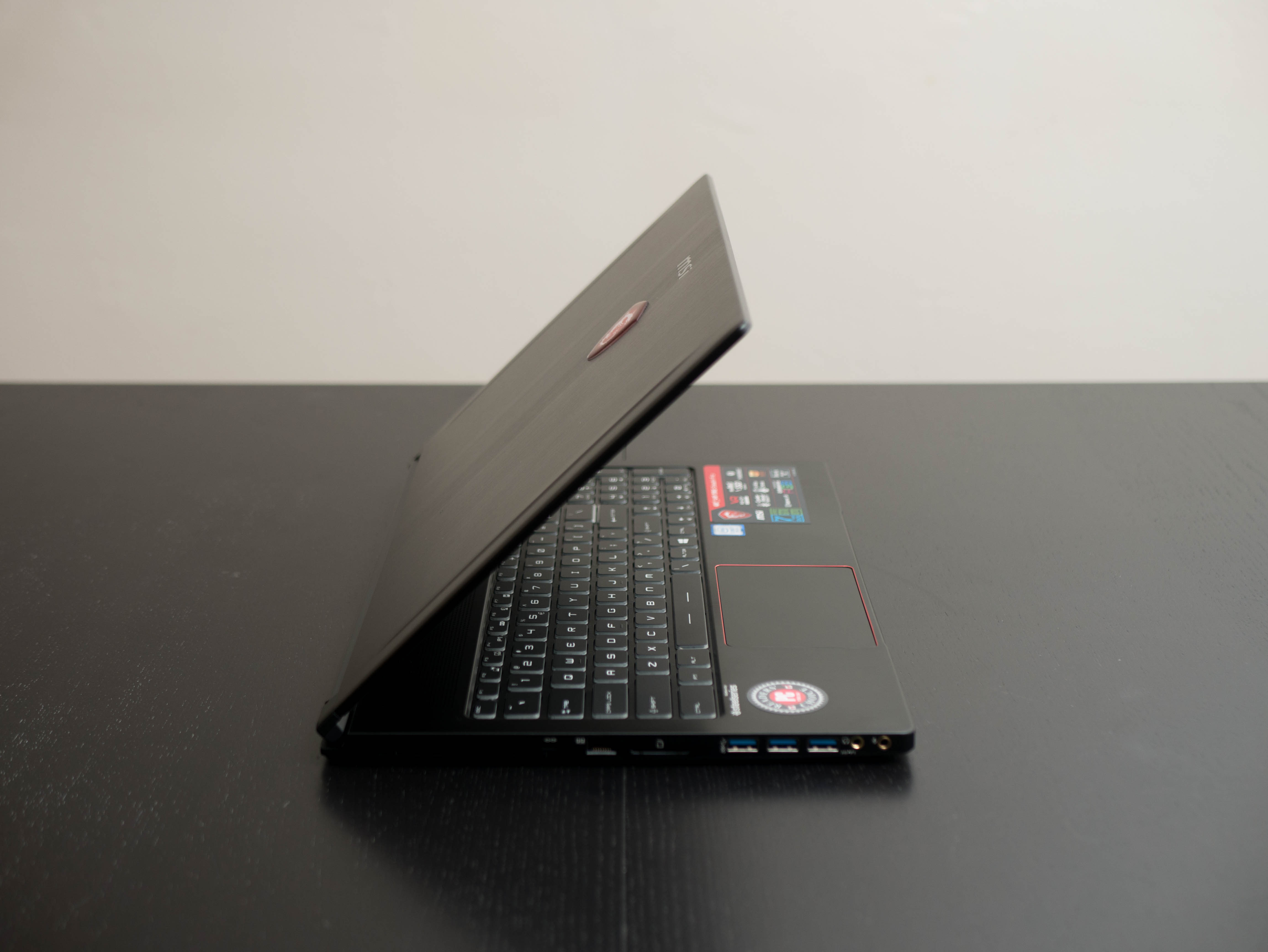
With Nvidia’s Max-Q GPUs, laptop vendors can offer a lot of power in thinner and lighter packages. It seems that MSI was ahead of the curve in this regard, as its GS63VR Stealth Pro was made in anticipation of Max-Q. However, the Stealth Pro faces heavy competition. Gamers have clamored for thin-and-light gaming powerhouses for ages, and it seems like every vendor is ready to deliver.
The Stealth Pro is far from perfect. It can only deliver as much as a GTX 1070 Max-Q is expected to handle, thanks to the lower power draw and clock rates. In graphical synthetics tests, it surpasses the Acer Helios and its GTX 1070, but it doesn’t hold a candle to a traditional GTX 1070 system such as MSI’s very own GE63VR Raider. In CPU-intensive workloads, the i7-7700HQ makes the Stealth Pro blend in with the crowd. Furthermore, the Stealth Pro’s Samsung PM871 far underperforms the rest of the Max-Q laptops’ storage solutions.
If you’re considering a Max-Q laptop, a fair concern is how much of an impact the reduced power draw and clock rates would affect gaming performance. The gap between a Stealth Pro and a system like a Raider varies from game to game. For example, you can expect a negligible performance difference in titles like Grand theft Auto V or Hitman. In easy-to-run games like Alien: Isolation, your frame rate will be so high that a stronger GPU won’t provide a tangible difference. Then there’s GPU-dependent titles like Rise of the Tomb Raider and Metro: Last Light Redux, which will punish your lack of power. With such varied results, you’ll have to weigh between additional power or a lighter system.
The Stealth Pro’s thermal performance is fine, if nothing special. Its thin chassis drove idle temperatures to the low 40° Cs. After a brief Furmark stress test, the temperatures increased to 72° C at maximum. The competing systems delivered expected temperatures, as well; The Aorus X7 and Acer Triton both generated more heat because of their GTX 1080s. The MSI Raider’s GTX 1070 produced more heat, but its thicker cooling solution kept temperatures even with the Stealth Pro. The Helios performed coolest because of its decently sized cooler and GTX 1060. The only surprise comes from the Zephyrus’ temperatures, which are about 4° C colder on average. Given their identical GPUs, we can definitively say that the Zephyrus has a better cooler than the Stealth Pro.
Max-Q Design GPUs trade less GPU power for less power consumption. This means that a Max-Q laptop should outlast traditional laptops in battery tests. However, the Max-Q models we’ve seen are incredibly thin and thus restricted in battery size. We’ve yet to find a Max-Q laptop that delivers outstanding battery life, but the Stealth Pro is a step in the right direction. Its lithium ion battery has a slightly larger capacity than the Zephyrus, and the result is longer battery life. Meanwhile, the Raider and Triton both have similar capacities to the Stealth Pro, which simply wasn’t enough for their power-hungry GPUs. The perfect balance can be found in the Aorus X7, whose GTX 1080 is supported by a 94.24Wh battery, and the Acer Helios, whose GTX 1060 doesn’t put strain on its 48Wh battery.
The Stealth Pro’s biggest offense is the poor display. The good news is that it has outstanding contrast and a smooth 120Hz refresh rate. Unfortunately, the positives end here. At virtually every brightness level, the Stealth Pro’s display showed unbalanced RGB levels, which ultimately skewed the grayscale DeltaE 2000. Furthermore, the display exhibits a low average gamma of 1.9681, meaning the image looks undersaturated. The 120Hz display is excellent for games, but the Stealth Pro won’t reach anywhere near this in most modern titles. A better alternative would be to lower costs in favor of a 60Hz IPS panel, though this doesn’t make up for the fact that both the Triton and Zephyrus have IPS and a 120Hz refresh rate.
The Stealth Pro’s chassis has its pros and cons. For one, it’s thin, sleek, and can easily pass as an ultrabook if you intend to use it in public. The brushed aluminum and red accents contrast perfectly, and the keyboard is comfortable to type with. On the other hand, the finish attracts fingerprints. Speaking of fingers, the touchpad is mediocre and has uneven travel distances. In addition, the bottom panel flexes with very little pressure. A system this thin is expected to see much travel and roughhousing, and the flimsy panel might make you leery.
Get Tom's Hardware's best news and in-depth reviews, straight to your inbox.
Our MSI Stealth Pro configuration came in at writing time at $2,000 on Newegg, making it the most affordable Max-Q laptop we've tested. The price is especially attractive when considering its slim body and the amount of gaming performance it offers. At this price, you're getting a slim package with a 120Hz display and decent performance, thermals, and battery life. The GTX 1070 Max-Q version of the Asus ROG Zephyrus costs $300 more for similar performance, better build quality, and a more color-accurate display at the expense of a 1TB HDD. The decision will ultimately come down to whether the differences warrant an extra $300.
The MSI GS63VR 7RG Stealth Pro is an attractive laptop and offers the most value out of any Max-Q configuration we've seen. However, the trade-offs are the lackluster display quality and questionable build quality. If you absolutely need Max-Q performance and have a $2,000 budget, then the MSI Stealth Pro will serve you well.
MORE: Best Gaming Laptops
MORE: Gaming Laptop Previews
MORE: All Laptop Content
-
AgentLozen Thanks for the review. That display really leaves something to be desired.Reply
The Grand Theft Auto 5 gaming benchmark wasn't loading for me. I refreshed page and still no dice. -
justin.m.beauvais I'm thinking that this machine won't be that good for VR either. Primarily because the HDMI and USB 3.x ports are on opposite sides of the laptop, making it a pain to connect and route wires. Which is odd because VR would be a great way to get away from the sub-optimal display. Otherwise this seems a fine, if mediocre, entry into the Max-Q category. Nothing to really complain about, but little to stand out.Reply -
nibb0r I like me a laptop review, but I'll point out that it seems you have 7 pictures variously showing the plain old top of the laptop, and 0 that clearly show the left I/O all at once. Not a fan of the artsy angles and shallow depth of field.Reply